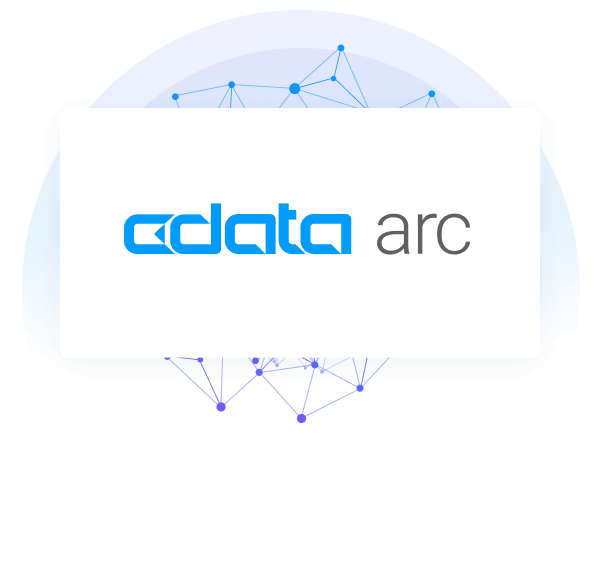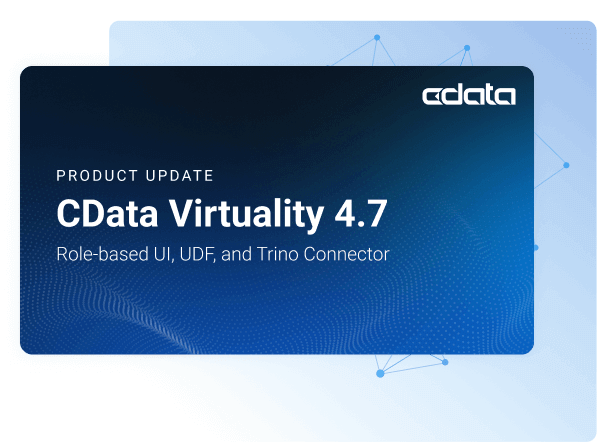Discover how a bimodal integration strategy can address the major data management challenges facing your organization today.
Get the Report →Connect to ADP Data in Ruby
Connect to ADP data in Ruby with ruby-dbi, dbd-odbc, and ruby-odbc.
The CData ODBC Driver for ADP makes it easy to integrate connectivity to live ADP data in Ruby. This article shows how to create a simple Ruby app that connects to ADP data, executes a query, and displays the results.
Create an ODBC Connection to ADP Data
If you have not already, first specify connection properties in an ODBC DSN (data source name). This is the last step of the driver installation. You can use the Microsoft ODBC Data Source Administrator to create and configure ODBC DSNs.
Connect to ADP by specifying the following properties:
- SSLClientCert: Set this to the certificate provided during registration.
- SSLClientCertPassword: Set this to the password of the certificate.
- UseUAT: The connector makes requests to the production environment by default. If using a developer account, set UseUAT = true.
- RowScanDepth: The maximum number of rows to scan for the custom fields columns available in the table. The default value will be set to 100. Setting a high value may decrease performance.
The connector uses OAuth to authenticate with ADP. OAuth requires the authenticating user to interact with ADP using the browser. For more information, refer to the OAuth section in the Help documentation.
Installing Ruby and Necessary Gems
If you do not have Ruby installed, refer to the Ruby installation page. With Ruby installed, you will need to install the ruby-dbi, dbd-odbc, and ruby-odbc gems:
gem install dbi
gem install dbd-odbc
gem install ruby-odbc
Create a Ruby App with Connectivity to ADP Data
Create a new Ruby file (for example: ADPSelect.rb) and open it in a text editor. Copy the following code into your file:
#connect to the DSN
require 'DBI'
cnxn = DBI.connect('DBI:ODBC:CData ADP Source','','')
#execute a SELECT query and store the result set
resultSet = cnxn.execute("SELECT AssociateOID, WorkerID FROM Workers WHERE AssociateOID = 'G3349PZGBADQY8H8'")
#display the names of the columns
resultSet.column_names.each do |name|
print name, "\t"
end
puts
#display the results
while row = resultSet.fetch do
(0..resultSet.column_names.size - 1).each do |n|
print row[n], "\t"
end
puts
end
resultSet.finish
#close the connection
cnxn.disconnect if cnxn
With the file completed, you are ready to display your ADP data with Ruby. To do so, simply run your file from the command line:
ruby ADPSelect.rb
Writing SQL-92 queries to ADP allows you to quickly and easily incorporate ADP data into your own Ruby applications. Download a free trial today!






